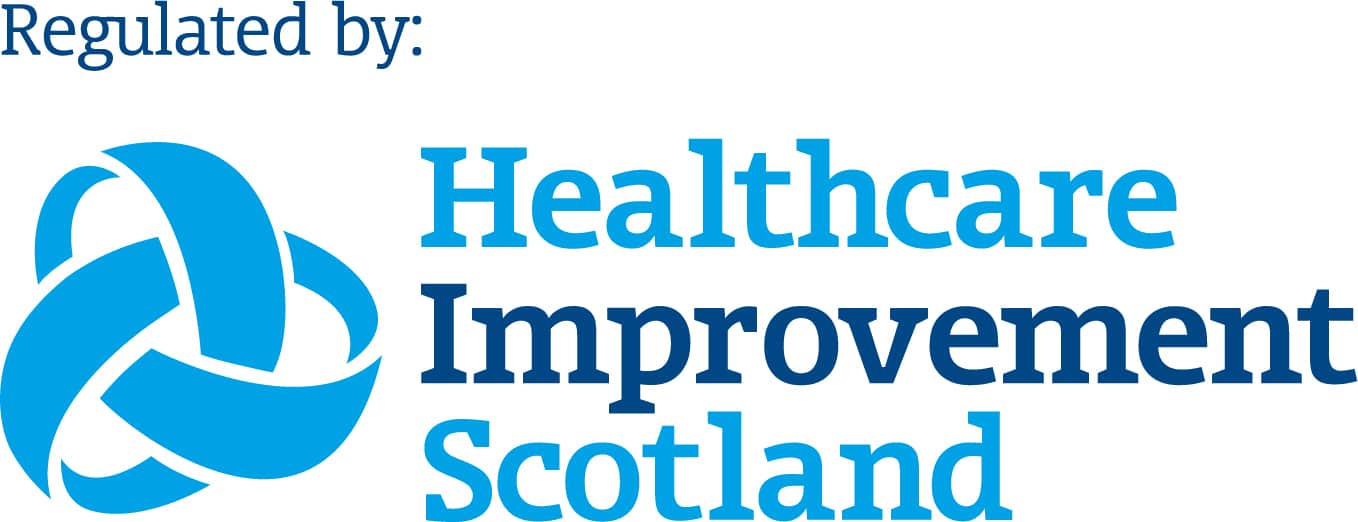ROC Clinic provides a cardiac health check, specifically designed for those of South Asian origin (India, Pakistan, Bangladesh, Nepal, Sri Lanka). This is achieved via a focused strategy of raising awareness of individual risk factors, through a combination of early cardiac screening and education. We also believe it is fundamental to facilitate personalized risk evaluation as part of the cardiac health check as well as early treatment amongst this community.
Heart Disease amongst South Asian population
Demographic data published worldwide clearly indicates that the heart disease rate amongst the Indian/South Asian population is 2-4 times that of the national averages of the general population. Coronary heart disease is a global epidemic amongst South Asians. This holds true even for lifelong vegetarians who do not smoke and are not overweight.
Coronary heart disease strikes this population at a younger age, affecting them almost 33% earlier. South Asians in the UK, USA and urban India suffer heart attacks at an earlier age, often without prior symptoms or warnings. A study among Asian men showed that half of all attacks in this population occur under the age of 50 years, and 25% under the age of 40.
British Heart Foundation statistics show that the death rate from coronary heart disease is 46% higher in South Asian men and 51% higher in South Asian women than the UK population as a whole.
This may be attributed to an underlying genetic predisposition to metabolic deregulation and cardiomyopathy, as well as a recent shift of modifiable risk factors towards increasing consumption of red meats, saturated/trans-fats and processed foods, alongside higher stress levels.
A well balanced, heart healthy diet as well as positive lifestyle changes such as exercise, stress reduction techniques, control of hypertension and diabetes, and also quitting smoking may reduce the occurrence of heart disease.
The Basics of Heart Disease:
- A heart attack (myocardial infraction) occurs when flow of oxygen-rich blood to the myocardium (heart muscle) is blocked.
- A heart attack (myocardial infraction) is most commonly caused by atherosclerosis, as a waxy plaque builds up in the coronary arteries:
- Atherosclerosis can create a fixed lesion in the heart
- If the plaque ruptures, a clot can quickly block off all remaining flow to the heart.
- If this blockage is not treated quickly with angioplasty, stenting or thrombolytic therapy, cardiac cell death may occur, causing permanent damage to the heart.
Coronary Heart Disease Risk Factors
Non-Modifiable Coronary Heart Disease Risk Factors:
- Age
- Gender- Men have a greater risk of heart attack than women do, and they have attacks earlier in life
- Family History.
Modifiable Coronary Heart Disease Risk Factors:
- Hyperlipidemia, elevated serum cholesterol – As LDL cholesterol rises, so does the risk of coronary heart disease
- Smoking – Smokers’ risk of developing coronary heart disease is 2-4 times that of non-smokers
- Hypertension – High blood pressure increases the heart’s workload, causing the arteries to thicken and become stiffer
- Diabetes
- Obesity – People who have excess body fat, especially at the waist, are more likely to develop heart disease and stroke.
- Serum markers such as elevated Homocysteine
- Poor Diet
- Lack of Exercise- An inactive lifestyle is a risk factor for coronary heart disease
- Stress: Individual response to stress may be a contributing factor.
The Problem: Heart Disease in the Asian population is being missed
South Asians—men and women who trace their origins from India, Pakistan, Bangladesh, Nepal, and Sri Lanka—experience coronary heart disease at up to four times the rate of the general world’s population.
Despite this, conventional cardiac screening and treatment do not address the high rates of premature heart attacks among South Asians.
Traditional risk factors do not fully explain the marked increase in the incidence of heart disease among South Asians. Over the past decade, researchers studying heart disease among South Asians have identified additional risk factors that may play a critical role in Coronary Heart Disease among the South Asian population.
These emerging risk factors include:
- Fibrinogen,
- Insulin resistance and metabolic syndrome,
- Low hdl and hdl2b cholesterol,
- High triglycerides,
- Small dense ldl cholesterol,
- Homocysteine and
- Lipoprotein.
To date, few private doctors in UK routinely screen South Asian men and women for these factors prior to a cardiac event. Testing for these additional risk factors, in conjunction with aggressive lifestyle changes is an important preventative life-saving strategy.
The Next Step…
To prevent heart disease, it is critical to identify high-risk individuals at an early age.
ROC Clinic provides a full range of health screening to help ensure you get the very most out of life. Our packages are tailored to you, following an in-depth consultation, in order to decide the most appropriate, complete and comprehensive package. Our skilled team will ensure that everything is fully explained and we go the extra mile to ensure that any disruption to your day is kept to a minimum.
Prevention and early diagnosis is key to avoiding heart disease, as well as managing your risk factors, such as high blood pressure, high total cholesterol or high blood glucose. But how do you know which risk factors you have? The best way to find out is through screening tests. We offer basic and executive health screens however we also tailor our service to your circumstances.
Few of us have ideal risk levels on all screening tests.
However, if you do have test results that are less than ideal, it does not mean you are destined to develop a serious cardiovascular disease. On the contrary, it means you are in a position to begin changing your health in a positive way. For many patients, screening results can serve as a wake-up call. For example, higher than optimal cholesterol or body mass index, may encourage one to modify their diet and increase levels of physical activity.
Although we are all generally aware of what comprises ‘a healthy lifestyle’, it is much more personal and alarming when the test comes back and you see abnormal numbers. Suddenly, the desire to make lifestyle changes is not just a recommendation in a leaflet, and it is something that can impact your life and health. Get in touch.


